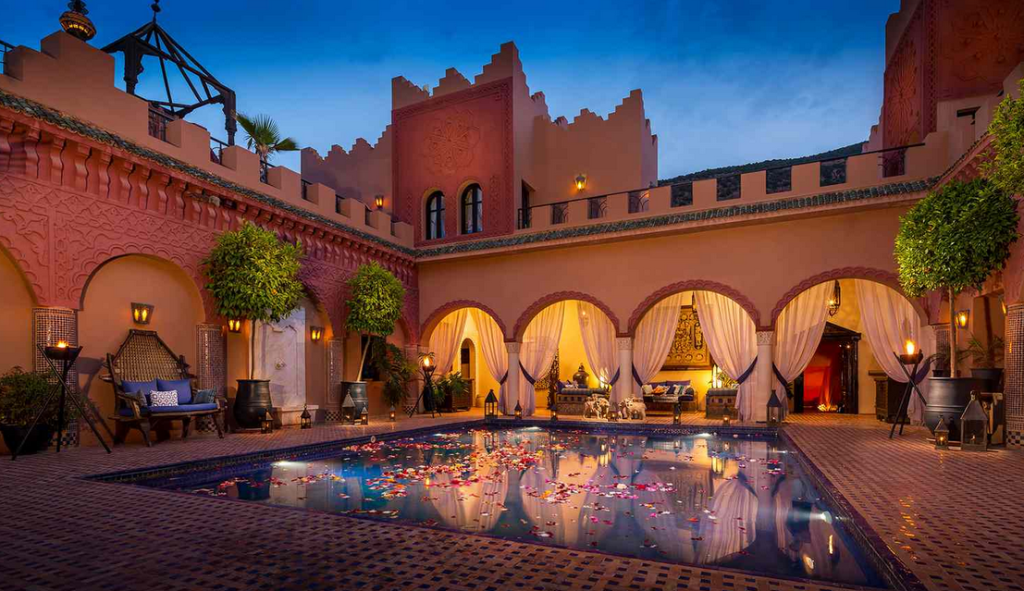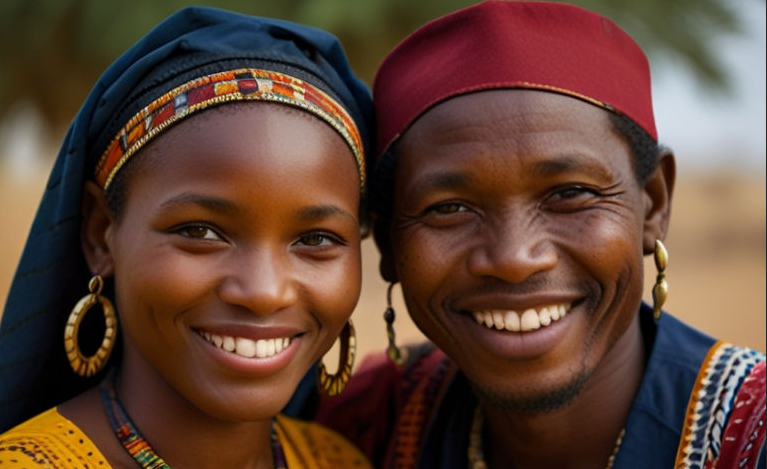With global markets increasingly turning their attention to Africa, the Economic Community of Central African States (ECCAS) region offers a unique opportunity for investors to engage in key sectors such as energy, infrastructure, agriculture, and technology. ECCAS is a regional economic bloc made up of 11 member states: Angola, Burundi, Cameroon, Central African Republic, Chad, Congo (Brazzaville), Democratic Republic of Congo, Equatorial Guinea, Gabon, Rwanda, and São Tomé and Príncipe. This region has proven to be a hidden gem of untapped potential that offers numerous investment opportunities across different sectors and is ripe for development. These vast opportunities make ECCAS stand as one of Africa’s most strategically important economic blocs, rich with abundant natural resources, fertile agricultural land, and emerging industries that continue to attract foreign and local investors alike. In addition, members’ shared commitment to economic integration, as well as the ongoing reforms to improve the business climate, positions ECCAS as a frontier market with great growth potential.
Spanning an area of approximately 6.6 million square kilometers, this region has a combined population of over 200 million people which provides a significant consumer market for investors. The region’s total GDP is estimated at around $230 billion, with major economic drivers including oil, mining, agriculture, and forestry. In recent years, ECCAS has increasingly focused on promoting regional integration and infrastructure development to improve intra-African trade and attract investment, making it an emerging destination for sectors such as energy, technology, and infrastructure development.
History of the Economic Community of Central African States (ECCAS)
ECCAS was established on 18 October 1983 by the members of the Central African Customs and Economic Union (UDEAC) and the members of the Economic Community of the Great Lakes States (comprising Burundi, Rwanda and the then Zaire), as well as Sao Tome and Principe. Angola opted to be an observer at first, before becoming a full member in 1999. The move to create this community was part of a broader movement in Africa during the late 20th century involving the creation of regional economic communities to foster economic development and reduce dependence on former colonial powers. Similar to other regional organizations, ECCAS sought to unify the member states in pursuing economic growth, infrastructure development, and political stability.
ECCAS stayed inactive for several years until 1985, due to a series of challenges, including financial constraints (as a result of non-payment of membership fees) and the ongoing conflict in the Great Lakes area. However, in the 2000s, the organization renewed its commitment to peace, security, and economic integration through the signing of agreements such as the Mutual Assistance Pact on Defense in 2000 and the establishment of the Central African Peace and Security Council. These initiatives have helped to strengthen ECCAS as a platform for regional cooperation, peacebuilding, and sustainable economic growth. Today, ECCAS is recognized as one of the eight Regional Economic Communities (RECs) recognized as pillars of regional integration in Africa.
Overview of the Partner States in ECCAS
Member States and Population
- Angola – 36 million
- Burundi – 14 million
- Cameroon – 29 million
- Central African Republic – 5 million
- Chad – 18 million
- Congo (Brazzaville) – 6 million
- Democratic Republic of Congo – 102 million
- Equatorial Guinea – 1.7 million
- Gabon – 2.5 million
- Rwanda – 14 million
- São Tomé and Príncipe – 230,000
Total Population – 228 million
Gross Domestic Product (GDP)
- Angola – $114 billion
- Burundi – $3.9 billion
- Cameroon – $45.3 billion
- Central African Republic – $2.7 billion
- Chad – $13.3 billion
- Congo (Brazzaville) – $11.7 billion
- Democratic Republic of Congo – $63 billion
- Equatorial Guinea – $11.1 billion
- Gabon – $23.2 billion
- Rwanda – $14.5 billion
- São Tomé and Príncipe – $550 million
Combined GDP – $303.3 billion.
Top 10 Exports (ECCAS region)
- Crude Oil (Angola, Equatorial Guinea, Gabon, Republic of Congo)
- Diamonds (Democratic Republic of Congo, Central African Republic)
- Copper (Democratic Republic of Congo)
- Timber and Wood Products (Gabon, Cameroon, Republic of Congo, Central African Republic)
- Cobalt (Democratic Republic of Congo)
- Coffee (Burundi, Rwanda, Cameroon)
- Gold (Democratic Republic of Congo, Chad)
- Cotton (Chad, Cameroon)
- Natural Gas (Equatorial Guinea, Angola)
- Cocoa (Cameroon, São Tomé and Príncipe)
Top Investment Opportunities in ECCAS
1. Energy and Natural Resources

The ECCAS region is home to some of Africa’s largest oil and natural gas reserves, and comprises some of the major players in the global oil market, including Angola, Equatorial Guinea, Gabon, and the Republic of Congo. For instance, Angola is the second-largest oil producer in Africa, generating over $50 billion annually from its oil sector. This accounts for more than 90% of the country’s exports. Similarly, Equatorial Guinea and Gabon have economies that are heavily reliant on hydrocarbons. However, with the global transition toward cleaner energy sources, there is a growing demand for investment not only in fossil fuels but also in renewable energy projects like hydropower, solar, and wind energy.
2. Agriculture and Agribusiness
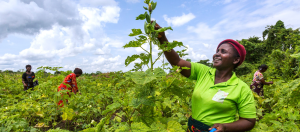
Agriculture serves as the backbone of many economies in the ECCAS region. This key sector employs up to 60% of the population in some member states, particularly in countries like Cameroon, Chad, and the Central African Republic. These countries are key exporters of commodities like coffee, cocoa, cotton, and palm oil. Cameroon alone is one of Africa’s top producers of cocoa, generating over $300 million annually from cocoa exports. However, much of the region’s agricultural sector remains underdeveloped due to limited access to modern farming technologies, infrastructure, and financial services. Hence there is significant potential for investment in bringing advanced farming techniques, mechanization, and agritech innovations to boost productivity and efficiency. There is also significant investment opportunities in food processing industries to add value to raw agricultural products and enhance export revenues.
3. Infrastructure
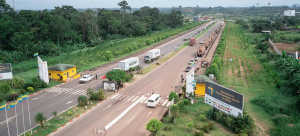
A major challenge facing the ECCAS region is its lack of adequate infrastructure. Poor road networks, limited rail connections, and inadequate port facilities hinder both domestic growth and regional integration by contributing to high transportation costs and slowed economic activity. Countries like Chad, the Central African Republic, and the Republic of Congo are particularly in need of road and rail connectivity improvements to enhance trade and logistics. Therefore, investing in infrastructure, particularly in transportation, telecommunications, and energy distribution, would have a profound impact on the region’s economies.
4. Mining and Minerals
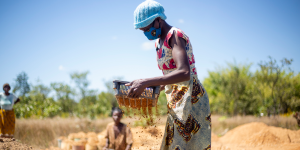
The ECCAS region is incredibly rich in mineral resources, with countries such as the Democratic Republic of Congo (DRC) being a global powerhouse in the production of copper, cobalt, and diamonds. In 2023 alone, the DRC’s mining sector generated over $16 billion. This figure is expected to grow as demand for electric vehicles and clean energy solutions rises. Similarly, countries like the Central African Republic and Cameroon export significant quantities of gold and diamonds. Despite these vast resources, much of the mining activity remains underdeveloped, with limited downstream processing industries. Hence, there are numerous investment opportunities in the mineral processing sector, such as refining and value-added manufacturing.
5. Tourism and Hospitality
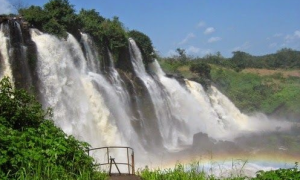
The ECCAS region boasts some of Africa’s most pristine natural environments, offering immense potential for eco-tourism and adventure tourism. Countries like Gabon, Cameroon, and São Tomé and Príncipe are home to lush rainforests, diverse wildlife, and beautiful coastlines renowned worldwide. However, tourism remains an underdeveloped sector, contributing just a small fraction of the regional GDP. However, the sector has the potential to generate billions of dollars in revenue and employ millions. Hence, tourism presents a compelling opportunity for external investors to capitalize on this key sector.
References
African Union, (n.d.). Economic Community of Central African States (ECCAS). https://au.int/en/recs/eccas
Daves, N. & Mullan, C. (2021). Where should investors be considering when it comes to Burundi, Cameroon, Central African Republic, DRC, Equatorial Guinea, Gabon, Republic of Congo, Rwanda and São Tomé and Príncipe. Investor Monitor. https://www.investmentmonitor.ai/features/an-investors-guide-to-central-africa/?cf-view
ECCAS Official Website, (2023). ECCAS in Brief. https://ceeac-eccas.org/en/2023/05/28/eccas-in-brief/
MINAFFET, (n.d.). The Economic Community of Central African States. https://www.minaffet.gov.rw/eac-1-1
Pan African Chamber of Commerce and Industry, (2024). Economic Community of Central African States -ECCAS. https://www.pacci.org/economic-community-of-central-african-states-eccas/

